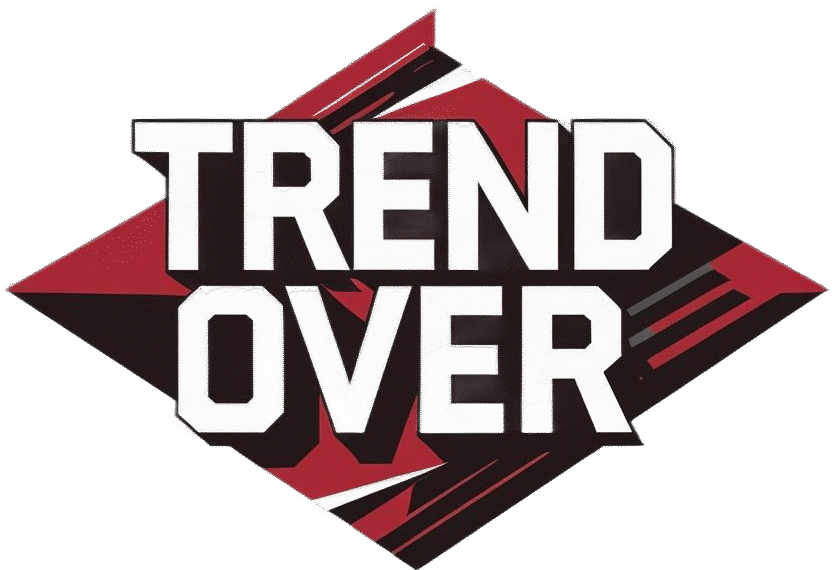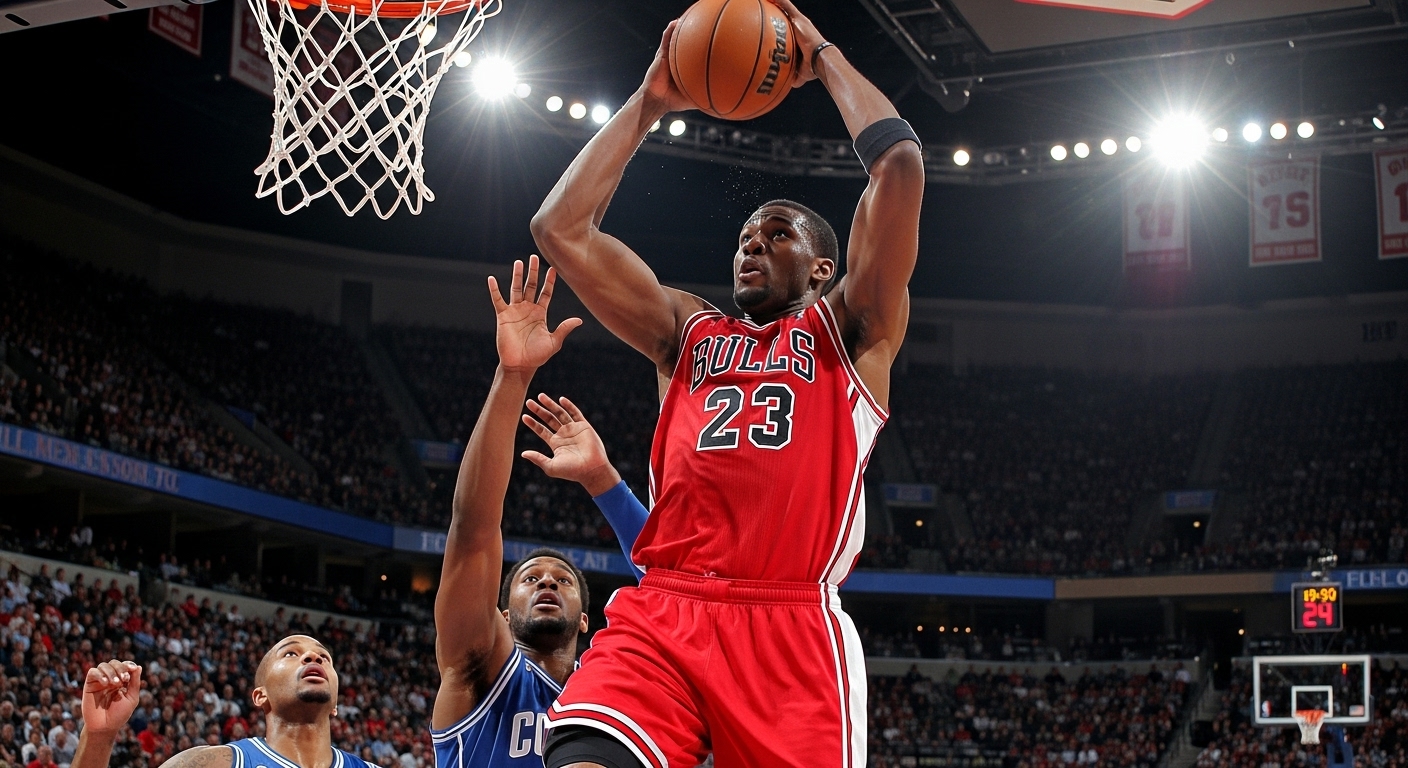Introduction
The world of sports has always celebrated talent, passion, and dedication, but in the modern era, athletes have evolved beyond the confines of the playing field. They are no longer just performers or competitors; they have become cultural icons, business moguls, and brand builders whose influence extends across the globe. The phrase “sports legend” no longer refers only to achievements within the game but also to the creation of identities and enterprises that resonate with millions of people worldwide.
This transformation has been shaped by a combination of talent, timing, and the power of media. From endorsements to entrepreneurship, sports legends have learned to leverage their fame to create global brands that generate wealth, inspire movements, and change industries. This blog explores how some of the greatest figures in sports history built their brands and examines the impact these ventures have had on sports, culture, and business.
The Evolution of Athletes as Brands
Decades ago, athletes were primarily known for their performance on the field, track, or court. Their fame was tied to their achievements, records, and championships. However, as media coverage expanded and television brought games into millions of households, athletes became public figures with personalities that transcended sports.
The endorsement deals of the mid-20th century began to show the potential for athletes to market products. Icons like Babe Ruth appeared in advertisements, while boxers like Joe Louis lent their names to various endorsements. But it was not until the late 20th century, with the rise of television, global broadcasting, and eventually the internet, that athletes could truly transform themselves into international brands.
Sports legends began to understand that their reputation and image had value beyond the stadium. This recognition gave birth to a new era where athletes carefully cultivated personal brands and business ventures, ensuring that their legacy would live on long after retirement.
Michael Jordan and the Blueprint for Athlete Branding
When discussing sports legends as global brands, Michael Jordan inevitably becomes the centerpiece. His influence extended far beyond basketball, reshaping the relationship between athletes and business.
Jordan’s career with the Chicago Bulls brought unprecedented success. His incredible talent and competitive spirit made him a household name, but what truly transformed him into a global brand was his partnership with Nike. The launch of Air Jordan sneakers in the 1980s revolutionized sports marketing. It was more than just an endorsement deal; it was a fusion of athletic excellence, style, and cultural influence.
Air Jordans became a cultural phenomenon, representing not just basketball but fashion, music, and street culture. Jordan’s success showed athletes that they could create products tied directly to their identity. His ventures into endorsements, film appearances such as his role in Space Jam, and eventual ownership of the Charlotte Hornets established him as the prototype for turning athletic fame into a diversified empire.
Muhammad Ali: The Power of Personality and Activism
Muhammad Ali, often hailed as “The Greatest,” built his global brand through more than his prowess in boxing. His charisma, outspoken personality, and commitment to social issues made him an icon far beyond the ring.
Ali mastered the art of self-promotion, crafting memorable quotes and unforgettable press appearances. He turned every match into a spectacle, making himself not just an athlete but an entertainer. His willingness to challenge political and social systems, from speaking against the Vietnam War to championing civil rights, amplified his global influence.
Ali’s brand was not built solely on commercial endorsements but on his ability to stand as a symbol of courage, confidence, and authenticity. This combination of sporting dominance and social advocacy created a legacy that inspired future generations of athletes to see themselves as more than players but as voices with global impact.
David Beckham and the Fusion of Sports and Lifestyle
David Beckham exemplifies how sports legends can merge athletics with lifestyle branding. Known for his skill as a soccer player, particularly his free kicks, Beckham became a global sensation not only because of his performance but also because of his style, charisma, and cultural presence.
Beckham’s brand extended into fashion, modeling, and entertainment. His high-profile marriage to Victoria Beckham, herself a pop culture icon, further elevated his image. Beckham’s endorsements spanned clothing, fragrances, and luxury products, making him as much a lifestyle figure as a sports star.
His strategic career moves, such as joining Major League Soccer in the United States, demonstrated his ability to expand his influence into new markets. Beckham’s ownership role in Inter Miami CF highlighted how his brand-building extended into sports entrepreneurship, creating a legacy that combined athletic fame with long-term business ventures.
Serena Williams: Redefining Female Athlete Branding
For much of sports history, branding opportunities favored male athletes. Serena Williams disrupted this narrative by becoming not only one of the greatest tennis players of all time but also a powerful brand in her own right.
Her dominance on the tennis court made her a household name, but her influence extended to fashion, entrepreneurship, and activism. Serena launched her own clothing line and invested in multiple companies, showcasing her entrepreneurial spirit. Her voice in advocating for gender equality and racial justice added depth to her brand, resonating with diverse audiences worldwide.
Serena’s ability to blend athletic excellence with empowerment messaging has allowed her to stand out as a trailblazer for women in sports branding. She showed that female athletes could command the same commercial and cultural influence as their male counterparts, paving the way for future generations.
Cristiano Ronaldo and Social Media Influence
Cristiano Ronaldo, one of the greatest soccer players of all time, represents the modern era of athlete branding powered by social media. His career achievements with clubs like Manchester United, Real Madrid, and Juventus built his reputation, but his global brand has thrived through his mastery of self-promotion online.
With hundreds of millions of followers across platforms, Ronaldo has turned social media into a direct channel for brand building. He engages fans personally, promotes endorsements, and markets his own line of products, including CR7 clothing, fragrances, and gyms.
Ronaldo’s brand is built on excellence, fitness, and aspiration. He represents dedication to physical perfection and professionalism, which has attracted both fans and sponsors worldwide. His ability to translate athletic fame into a business empire shows how digital platforms have transformed the branding landscape for athletes.
LeBron James and Athlete Activism in Business
LeBron James stands as a modern example of how athletes can leverage fame for both commercial and social impact. Known as one of the greatest basketball players of his generation, LeBron has carefully crafted a brand that combines athletic dominance with business acumen and social advocacy.
Beyond endorsements, LeBron co-founded SpringHill Entertainment, a media company producing films, documentaries, and television shows. This move positioned him not just as an athlete but as a cultural creator. His investments in Blaze Pizza and other ventures demonstrate his business foresight.
LeBron has also used his platform for activism, particularly in education through the opening of his “I PROMISE” school in Akron, Ohio. His brand embodies not only success but also giving back, making him a role model for athletes seeking to balance business, social impact, and athletic achievement.
Tiger Woods and the Power of Endorsements
Tiger Woods revolutionized golf and became one of the most marketable athletes in history. His dominance on the golf course attracted global attention to a sport that had often been considered niche.
Through partnerships with major brands, Tiger turned his name into a symbol of excellence and aspiration. He helped expand golf’s appeal, drawing younger audiences and diverse fans. Despite personal challenges, Tiger’s ability to bounce back and win major tournaments reinforced his resilience, a key component of his enduring brand.
Tiger’s career demonstrates how a single athlete can elevate an entire sport and use endorsements to create wealth and influence beyond the game.
Beyond Individuals: Teams and Sports as Brands
While individual legends drive personal brands, many have also contributed to turning their teams or even entire sports into global brands. Michael Jordan’s presence elevated the Chicago Bulls into a worldwide symbol during the 1990s. Similarly, Cristiano Ronaldo and Lionel Messi have not only boosted their personal brands but also expanded the global reach of their clubs, from Manchester United and Real Madrid to Barcelona and Paris Saint-Germain.
The ability of sports legends to attract attention, sponsorship, and media coverage has made their names synonymous with the growth of sports industries worldwide. The globalization of sports owes much to these iconic figures who serve as ambassadors for their teams and sports as a whole.
The Role of Media and Technology in Building Athlete Brands
The evolution of media has been critical in shaping how sports legends build global brands. Television allowed the first wave of global stardom, with figures like Pelé and Muhammad Ali reaching audiences across continents. The internet and social media have since accelerated this process, allowing athletes to connect directly with fans.
Platforms like Instagram, YouTube, and Twitter have given athletes control over their narratives. They no longer rely solely on journalists or advertisers; instead, they can build personal connections and create content that reinforces their image. This democratization of media has made it possible for athletes to manage and expand their brands like never before.
Challenges in Building and Maintaining Athlete Brands
While the opportunities for athletes to build global brands are immense, the challenges are significant. Public image is fragile, and scandals or controversies can damage reputations quickly. Athletes like Tiger Woods and others have faced setbacks that tested the resilience of their brands.
Additionally, balancing commercial opportunities with athletic focus can be difficult. Some athletes risk being seen as distracted or overly commercialized. Building a brand requires careful management, authenticity, and consistency.
Another challenge is ensuring that branding efforts remain relevant after retirement. The most successful sports legends have transitioned into business, media, or philanthropy, ensuring their influence continues long after their playing days are over.
Conclusion
Sports legends have transformed from players into powerful global brands, redefining what it means to be an athlete. Figures like Michael Jordan, Muhammad Ali, David Beckham, Serena Williams, Cristiano Ronaldo, LeBron James, and Tiger Woods have shown that athletic talent is only the beginning. Through endorsements, entrepreneurship, social media influence, and activism, they have created legacies that reach far beyond sports.
Their journeys reveal that building a global brand requires more than trophies and titles. It demands charisma, vision, authenticity, and the ability to connect with people across cultures. Sports legends are now business leaders, cultural icons, and social influencers whose impact rivals that of the most powerful corporations and entertainers.
As future athletes rise to fame, the blueprint is clear. To become a global brand, one must blend athletic excellence with entrepreneurial innovation and cultural relevance. The result is not just fame but enduring influence that inspires generations.


